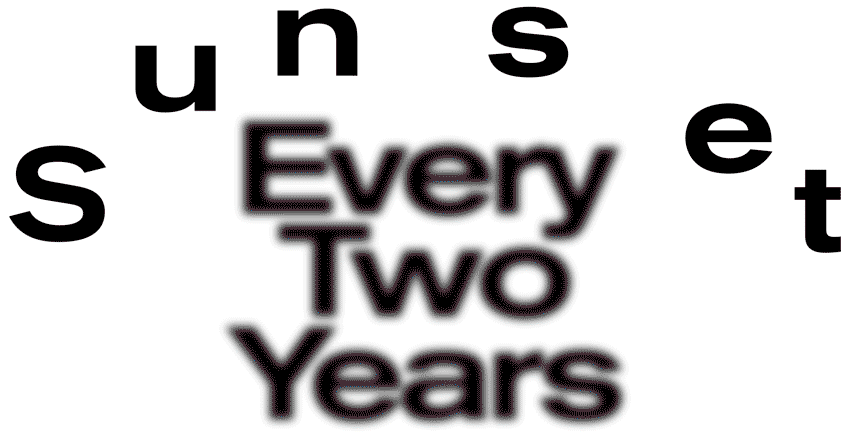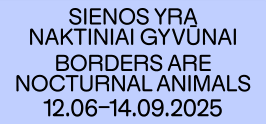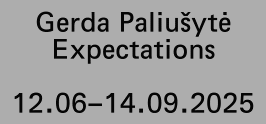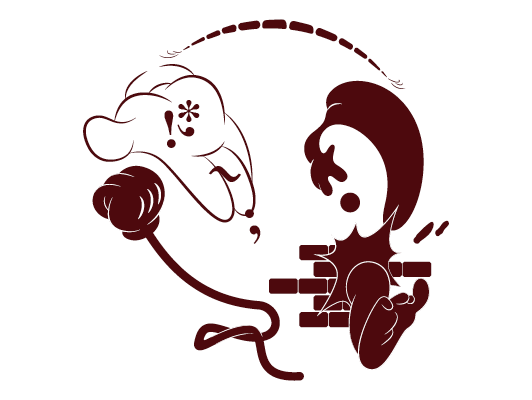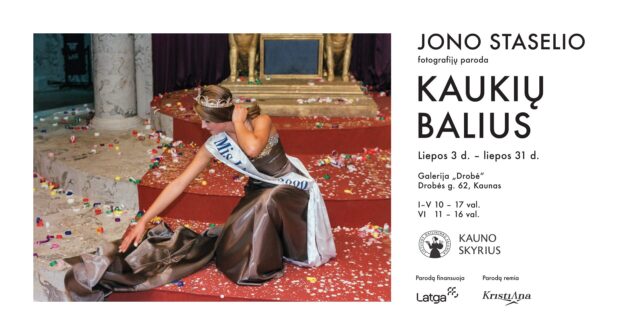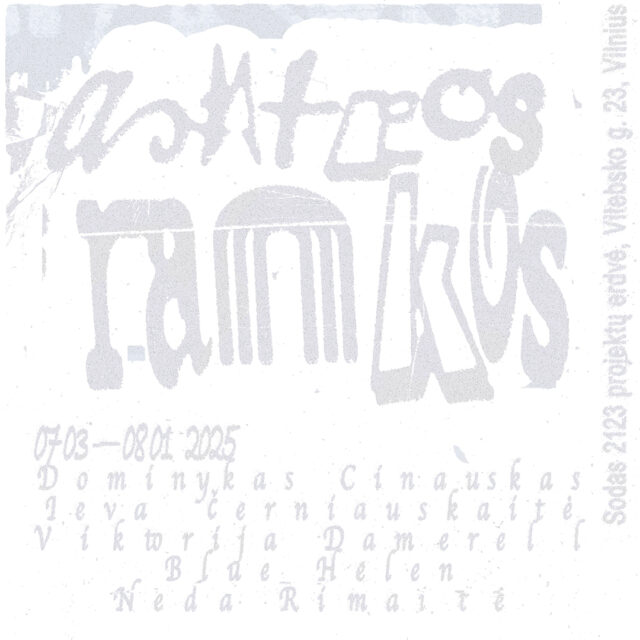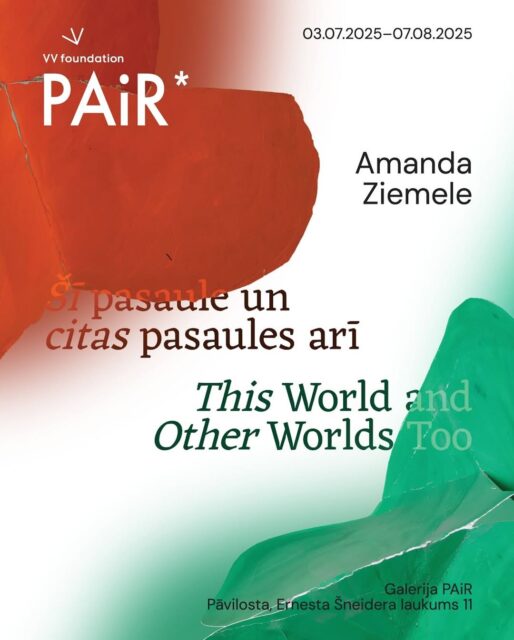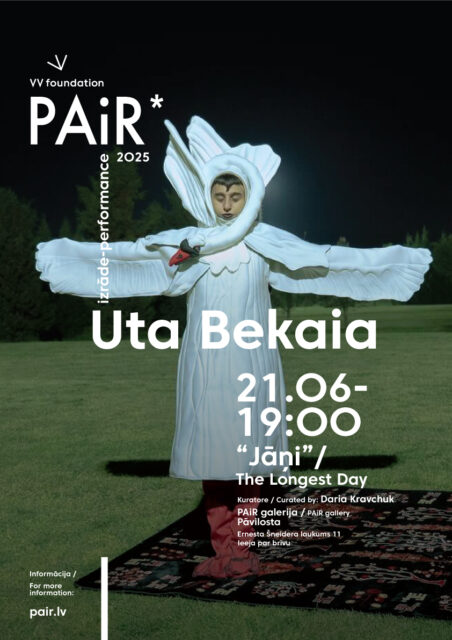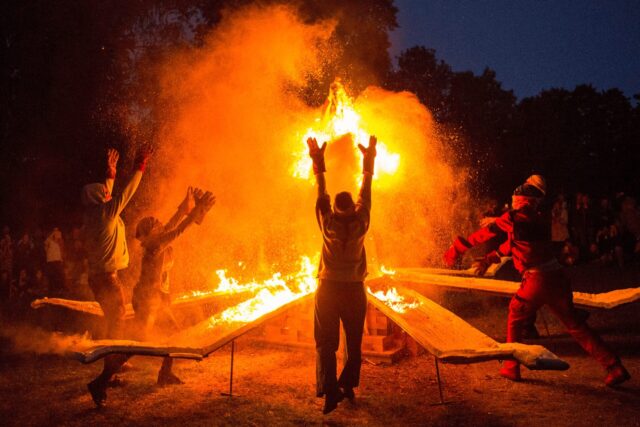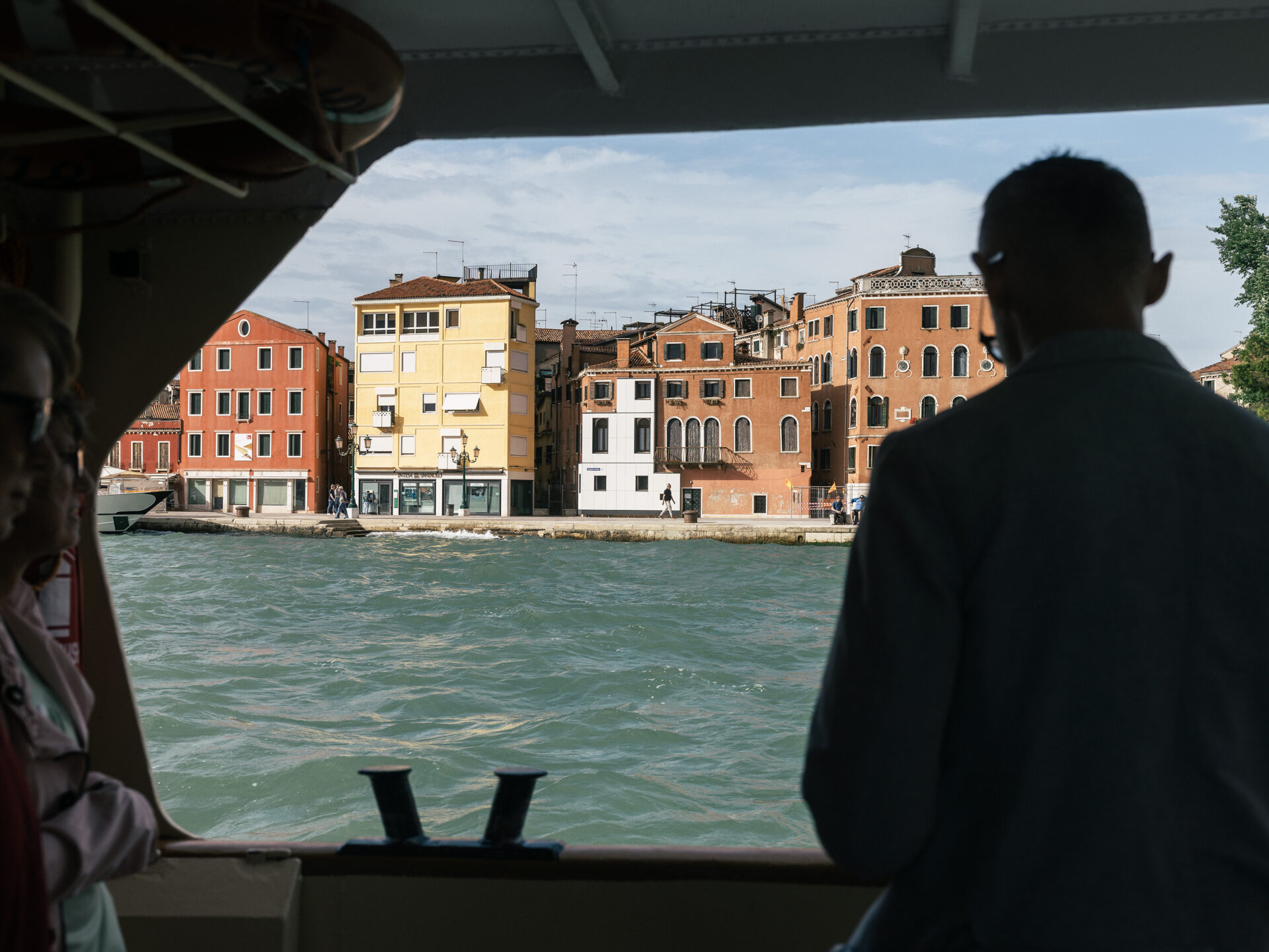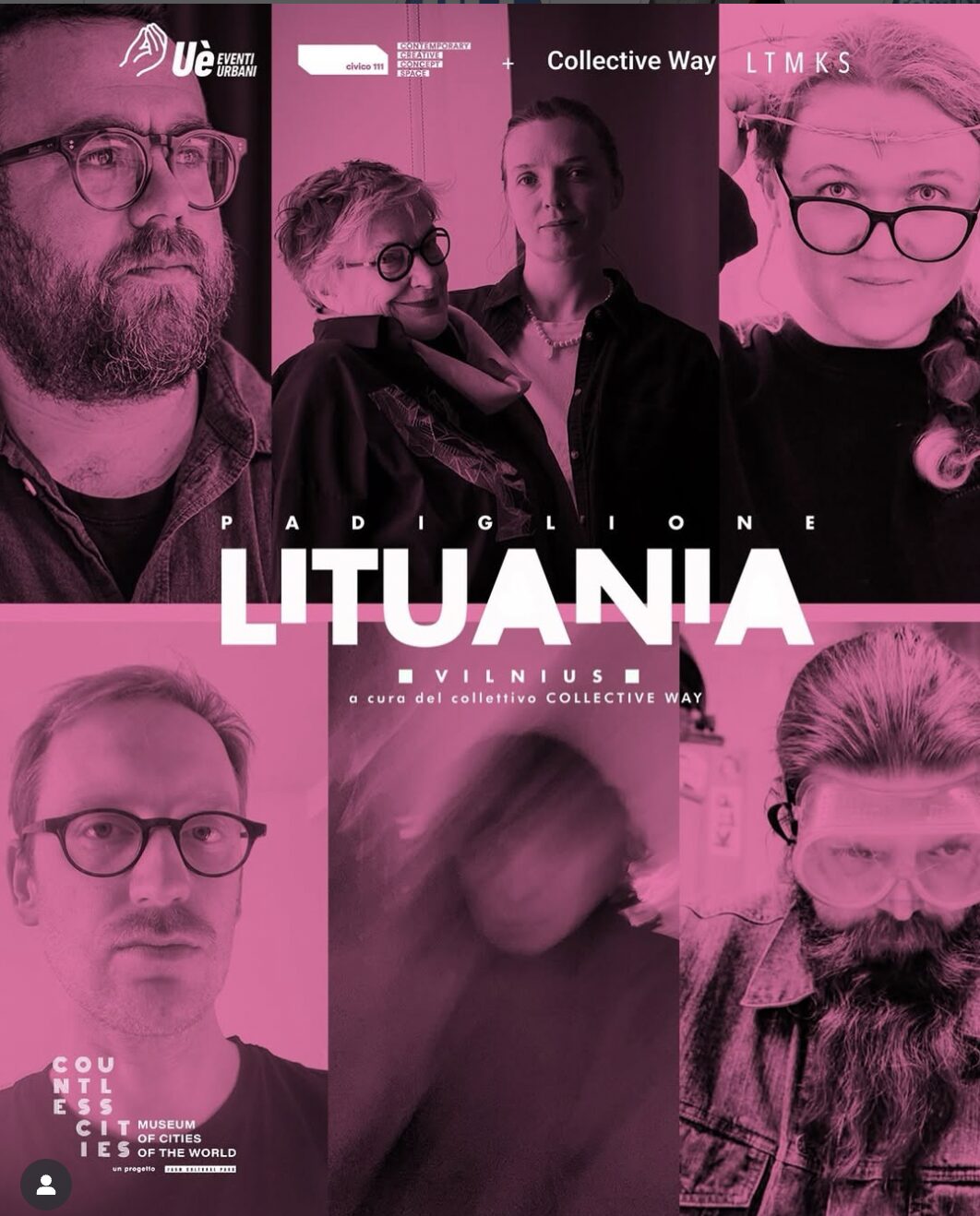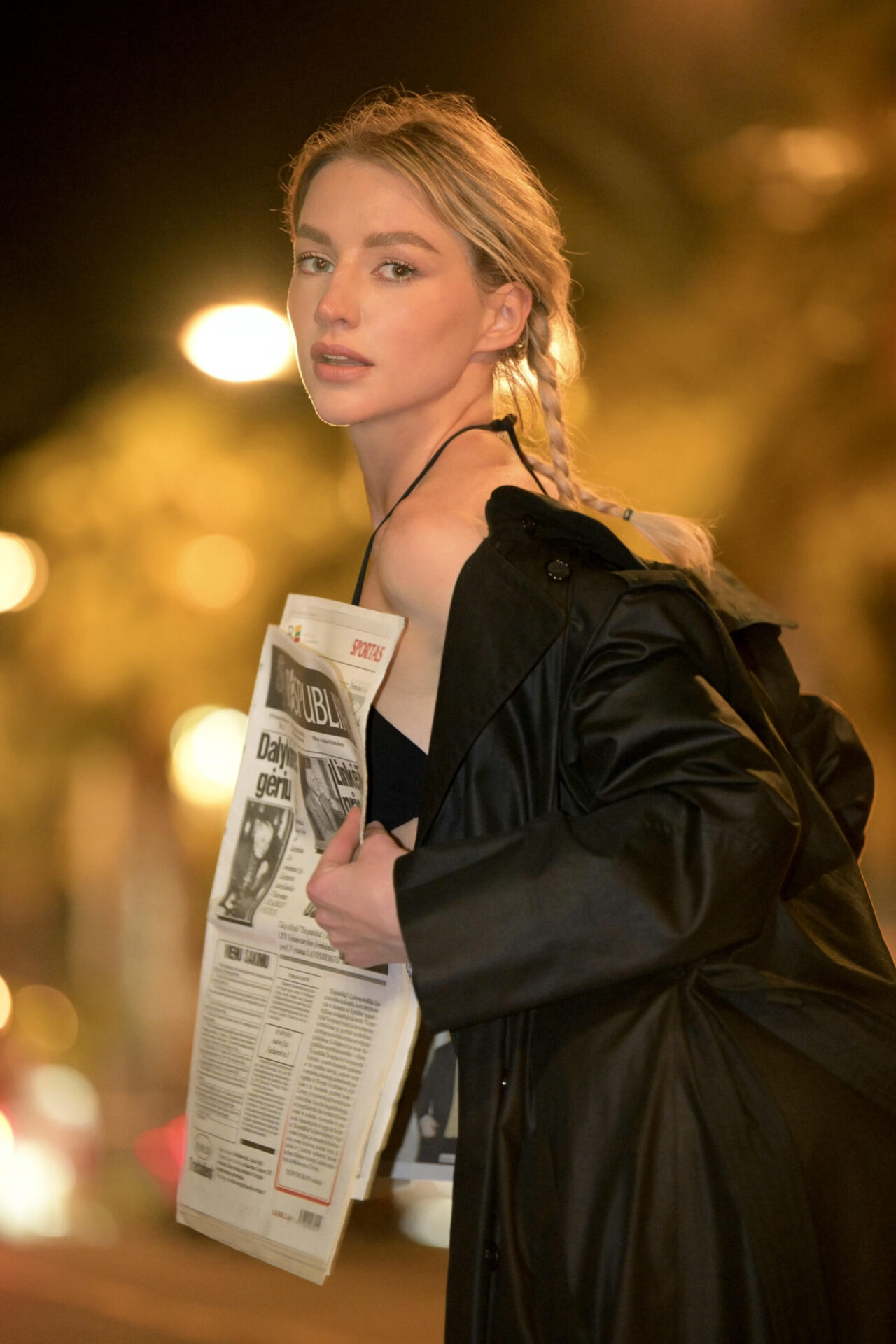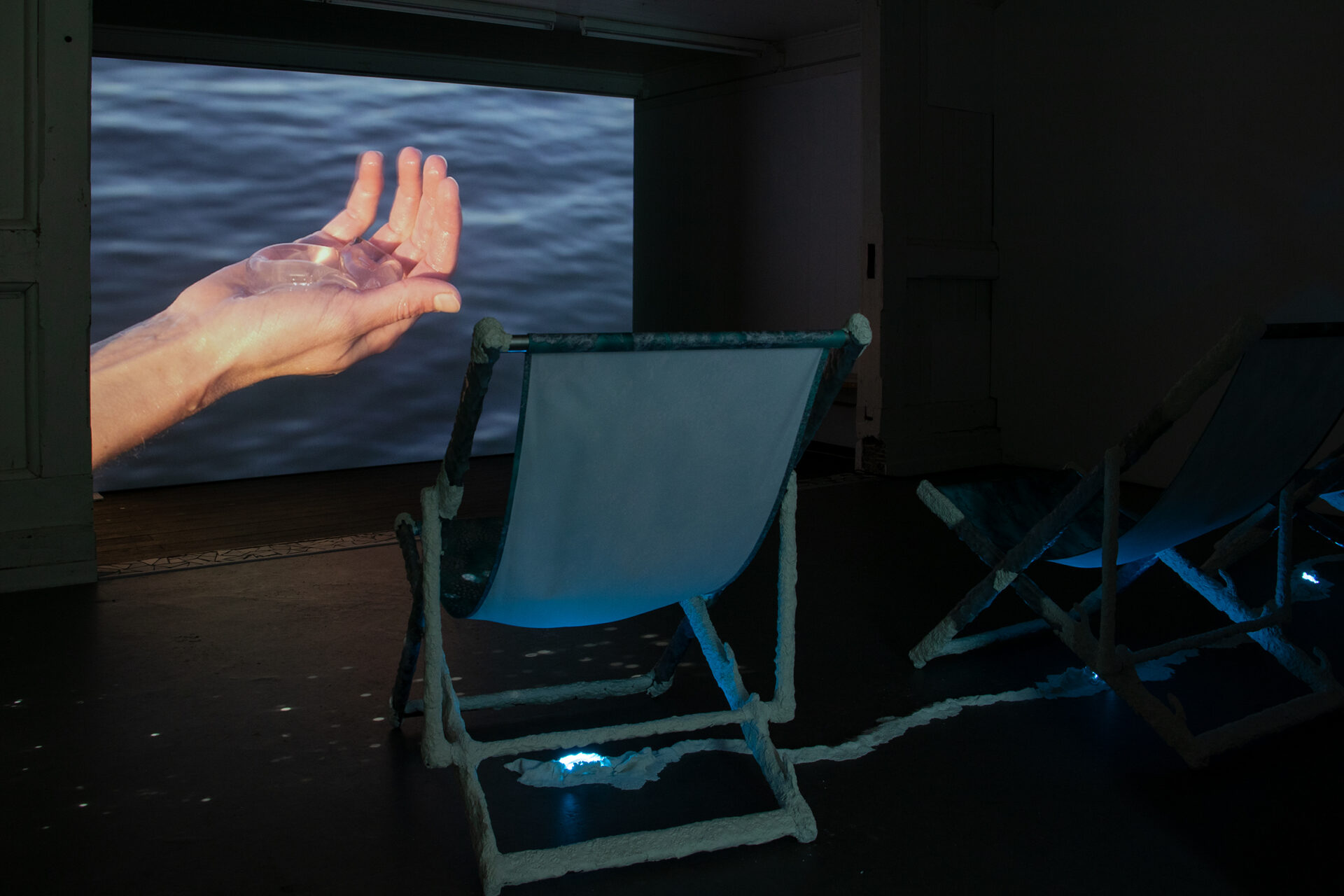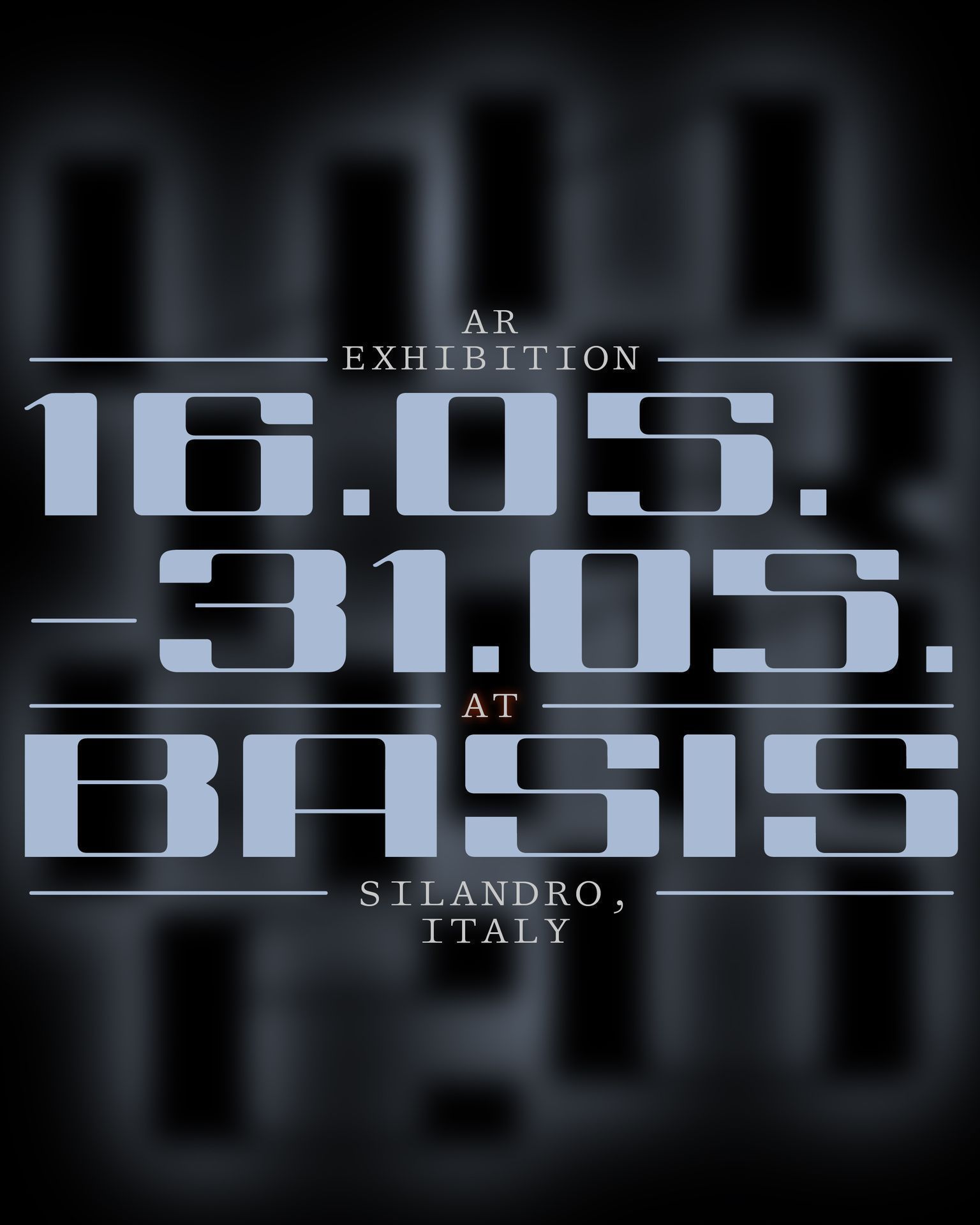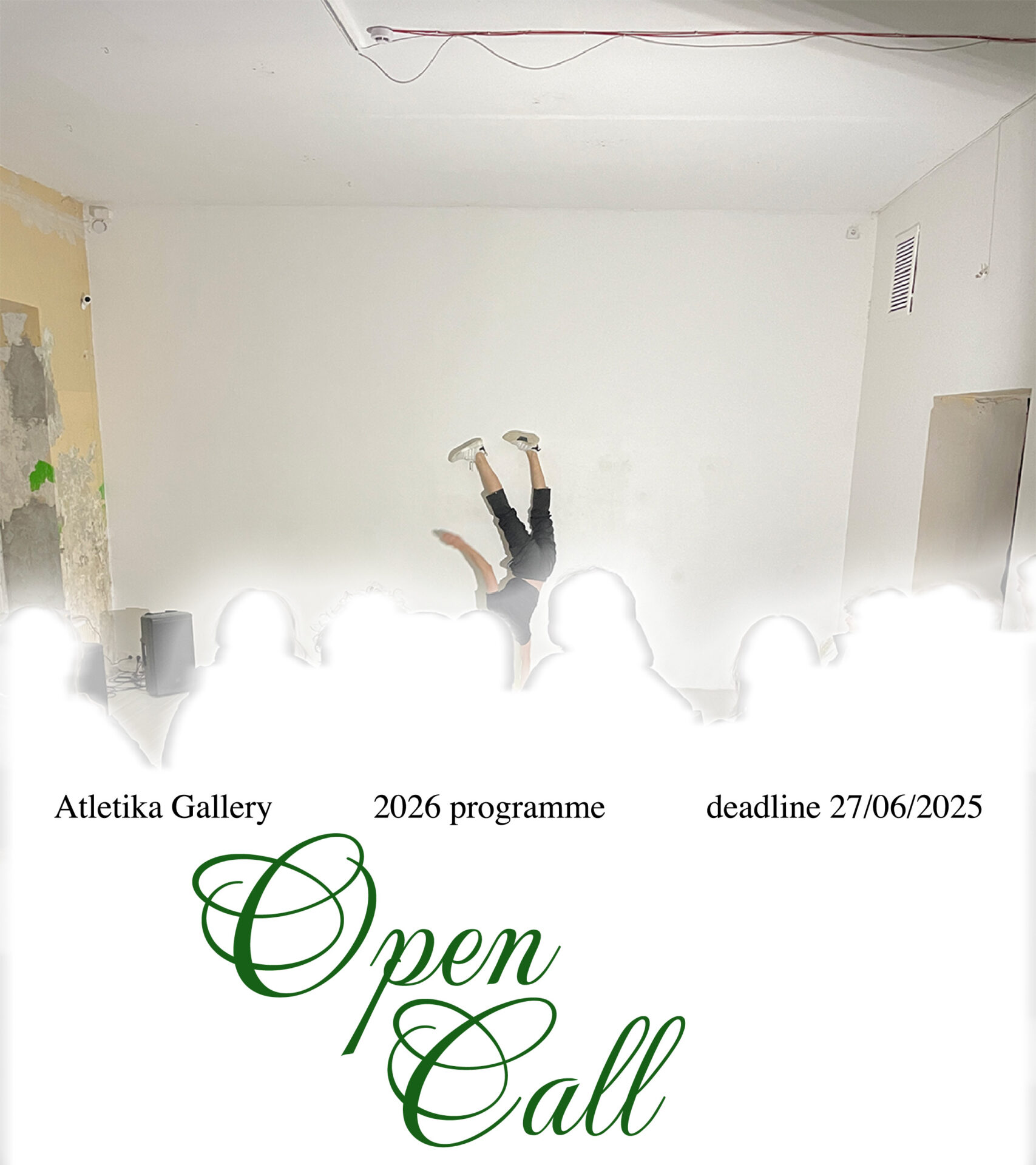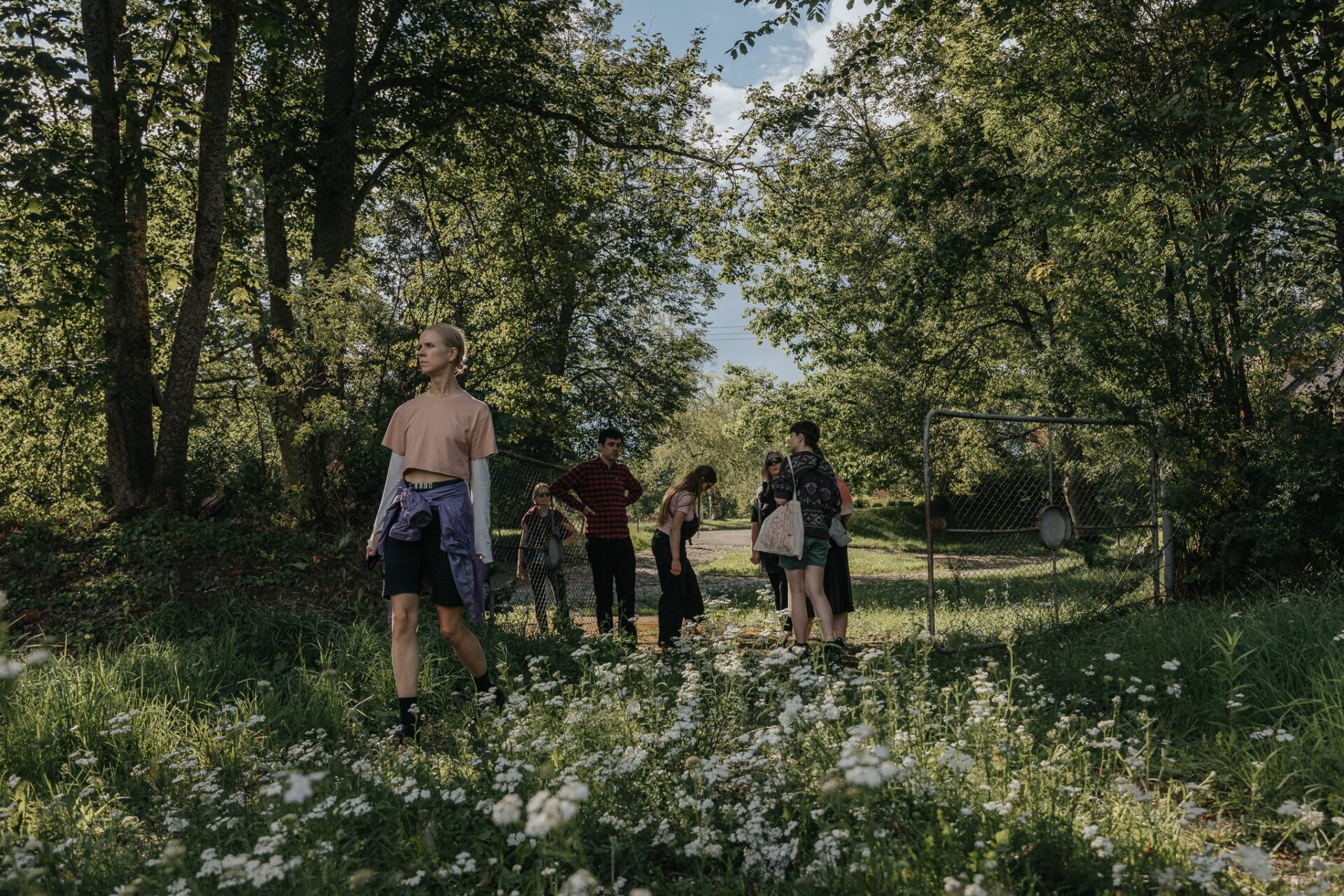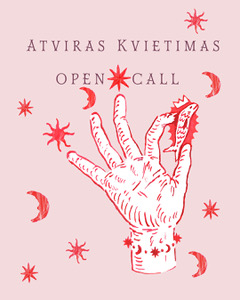I remember the phrase ‘Someone is walking over my grave’ being used whenever someone experienced a sudden, unexplained shudder or shiver. I always thought it had a surreal quality: you are still alive, yet somewhere there exists a grave bearing your name. Or could it be a glitch in the matrix, where we are all actually dead, and only this phrase reveals the plot hole? In reality, the phrase originates from a Medieval folk belief, and reflects a time when the boundaries between life and the afterlife were thought to be blurred, and one’s final resting place was considered predetermined. This concept adds an eerie resonance to the solo exhibition ‘Apparitions’ by Mantas Valentukonis. Displayed at the Drifts gallery in Vilnius from May 2 until May 31, the exhibition explores liminal spaces between contemporary iconography and the tactile surfaces of life’s ephemeral experiences.
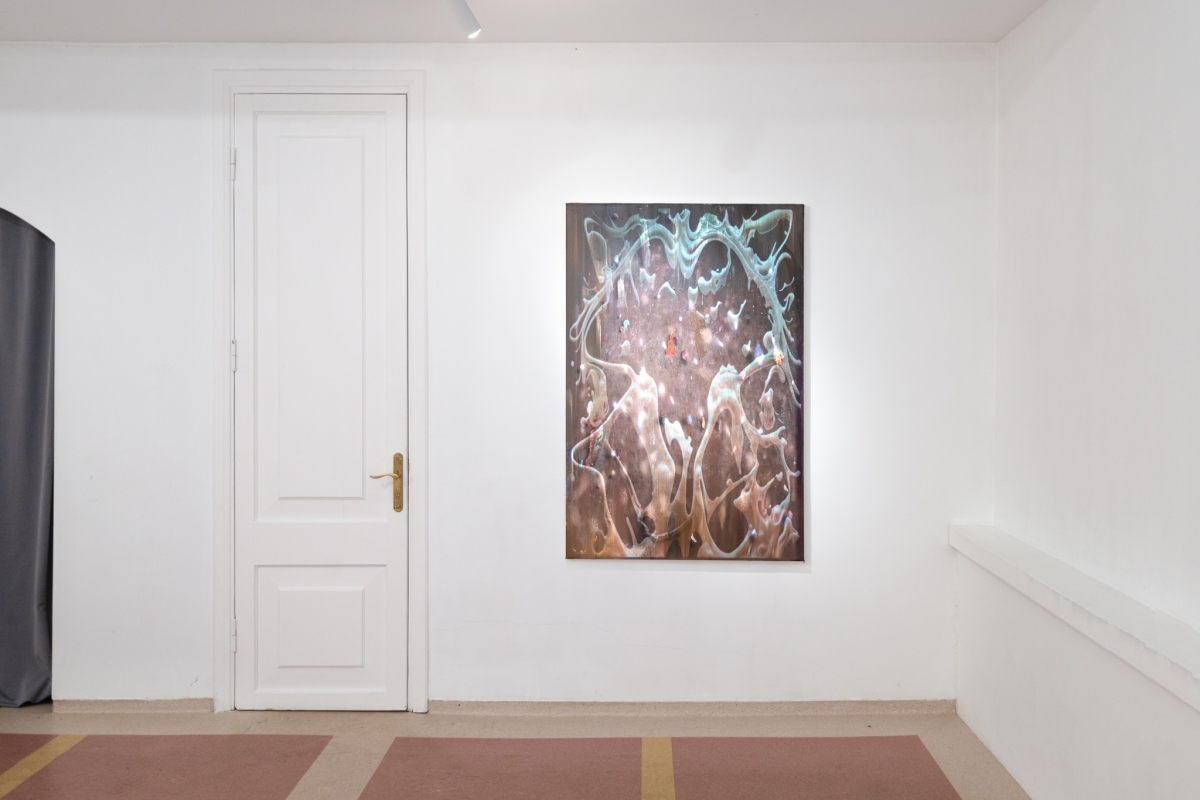
‘Apparitions’ by Mantas Valentukonis, Drifts, Vilnius, 2024. Photo: Vaida Jonušytė
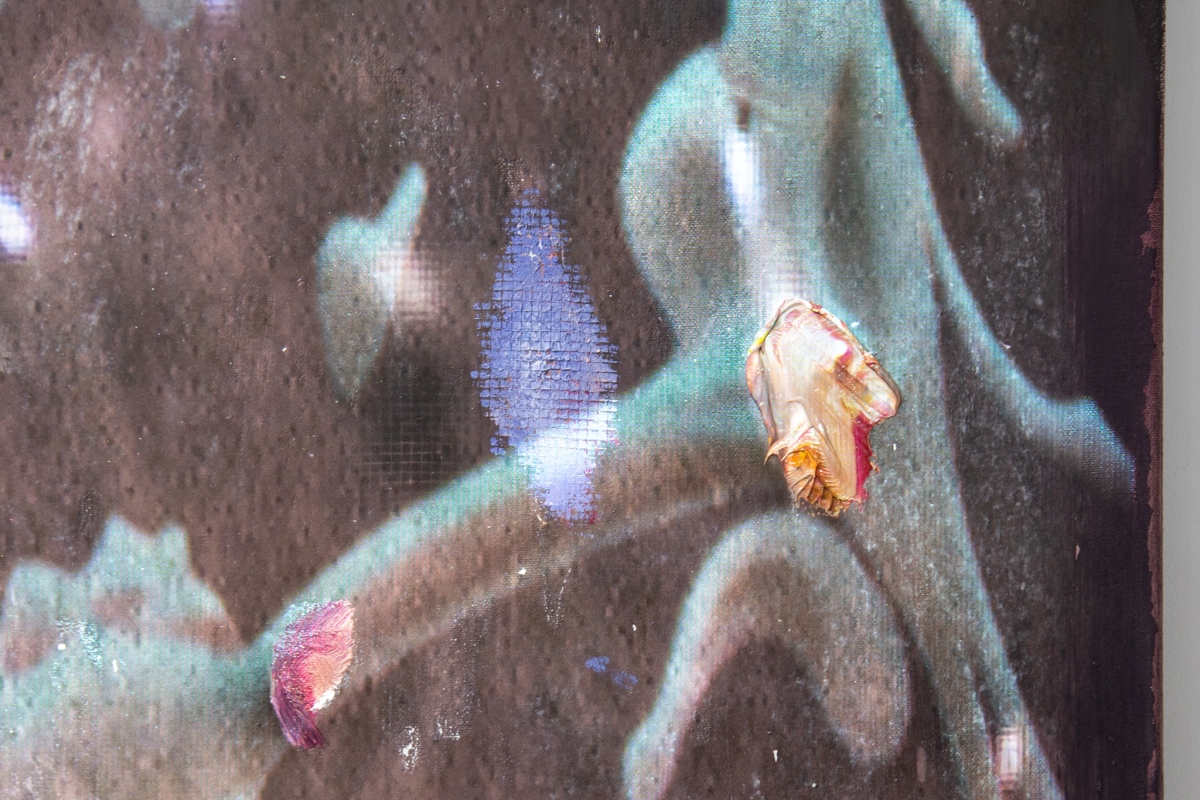
‘Apparitions’ by Mantas Valentukonis, Drifts, Vilnius, 2024. Photo: Vaida Jonušytė
In Valentukonis’ paintings, one can sense a longing for a soft, fairytale-like feeling within a video game/cybernetic aesthetic, giving rise to a new mythology and suggesting a narrative steeped in both nostalgia and futurism. Since the artist employs AI tools and other digital manipulations in his creative process, the question arises: who is haunting whom? Is it human experience, as the distant ancestor to our now pervasive technological hive mind, that haunts our digital creations? Or are these technological manifestations, these hallucinations of code and pixel, disquieting us by reflecting our innermost selves and fears back at us? Valentukonis’ work prompts us to consider whether technology is merely an extension of human thought and emotion, or if it has begun to mould us in its own image, influencing not only how we interact with the world, but also how we perceive our place within it.
The artist attempts to depersonalise his paintings, striving for an objective portrayal that distances personal emotion from the artwork. However, the emotional foundation of his work remains robust and undeniable. He inadvertently reveals a deep-seated vision of a ‘new order’, an exploration of uncharted territories vividly represented through figures of women and animals. This portrayal echoes the classic art tradition, where women and animals are often intertwined metaphorically, representing various themes and narratives. Valentukonis’ work extends this tradition into a contemporary realm, where he constructs his own virtual Eden. In this digital paradise, he assumes dual roles: he is both the creator and the Adam, shaping his world and interacting within it as the first man. One could suggest that it perpetuates traditional, patriarchal views, where women are often objectified or idealised, paralleling historic artistic trends that render female figures as subjects for contemplation rather than as active participants. There might be an implicit suggestion of primitivism or naturalism that strips these figures of complex individuality, reducing them to mere symbols or elements of an aesthetic theme.
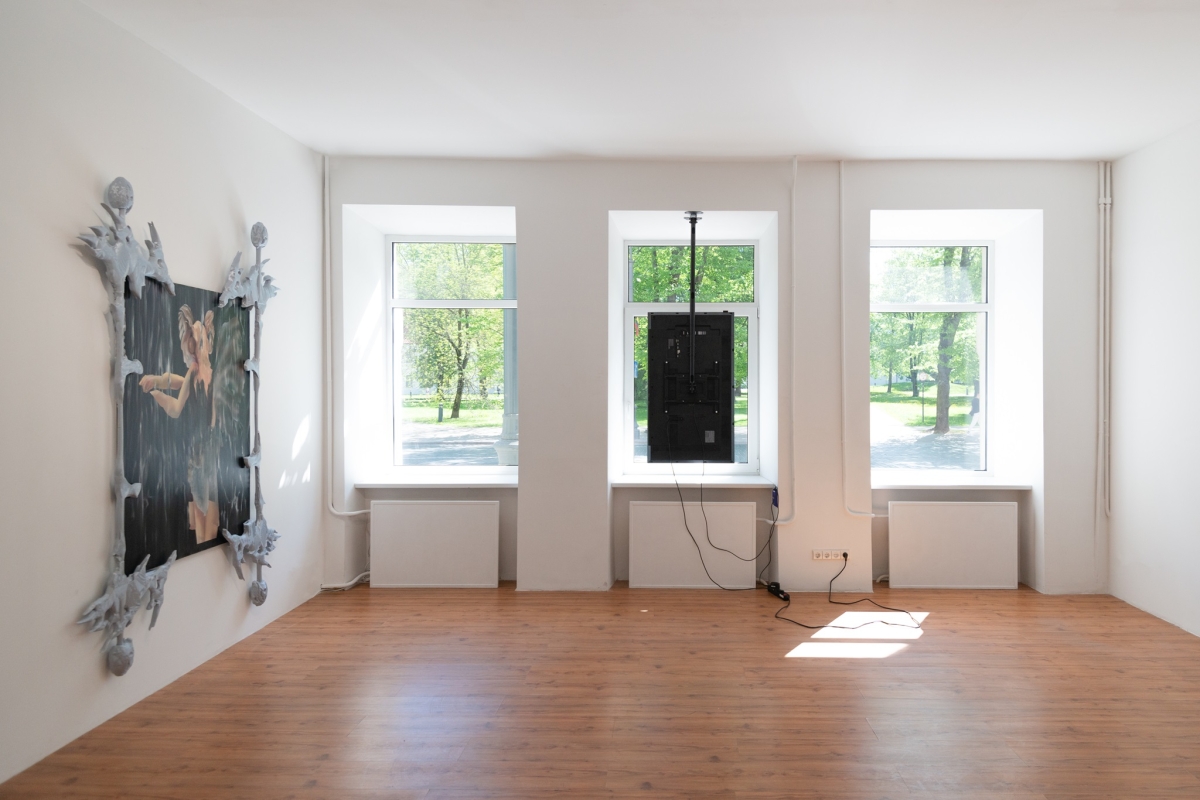
‘Apparitions’ by Mantas Valentukonis, Drifts, Vilnius, 2024. Photo: Vaida Jonušytė
The utilisation of video games as source material in Valentukonis’ work is crucial for understanding the representation of female characters, who in the gaming industry are frequently hyper-sexualised. This portrayal not only reflects but also amplifies broader societal issues regarding the depiction of women in media. In many video games, female characters are designed primarily with the male gaze in mind, leading to exaggerated physical features, and roles that cater to male fantasies, rather than providing authentic, multidimensional representations; its value is vicarious, existing primarily in relation to male characters and narratives. Women are frequently portrayed in a way that emphasises their role in enhancing the male experience, whether through visual appeal or narrative function.
By highlighting the ghostly, apparitional nature of women in his paintings, Valentukonis might be emphasising the elusive and often overlooked agency of women in traditional and contemporary media landscapes. This approach invites viewers to reflect on the deeper societal implications of such portrayals, and consider the potential for more equitable and nuanced representations in all forms of cultural production. The artist’s approach diverges from these norms by spiritualising and safeguarding feminine energy. His portrayal of women exudes a protected and spiritual aura that moves beyond the typical confines of their representation: they are not merely apparitions of past stereotypes; instead, they are envisioned as powerful and transcendental beings.
Apparitions, typically envisioned as ghostly figures from another time or realm, in this context, are spectral presences that evoke a sense of both presence and absence, haunting the modern canvas with their lingering ‘what ifs?’ These figures metaphorically embody the notion of the dead internet theory, which suggests that some parts of the internet are populated by non-human activity such as bots and algorithms, rather than genuine human interaction. This theory is evidenced by the emergence of bot-filled communities on social media, which frequently generate and circulate AI-created images of universally appealing themes, like Jesus Christ, animals and children, topics that algorithms have identified as likely to elicit positive reactions from human users. Thus, they create bizarre spectacles that border on body horror, unsettling in their synthetic nature, yet still garnering likes, praise and ‘Amens!’, presumably from their fellow AI bots.
‘This ghost town ain’t big enough for the both of us,’ reality says to its much more realistic replica, as projections of deconstructed human skeletons move across the painting. A flat screen displays the exhibition’s promotional material to street passers-by, its ‘bad side’, with all the cables exposed to the exhibition viewers, becoming part of the exposition itself. We are already phantoms by proxy.
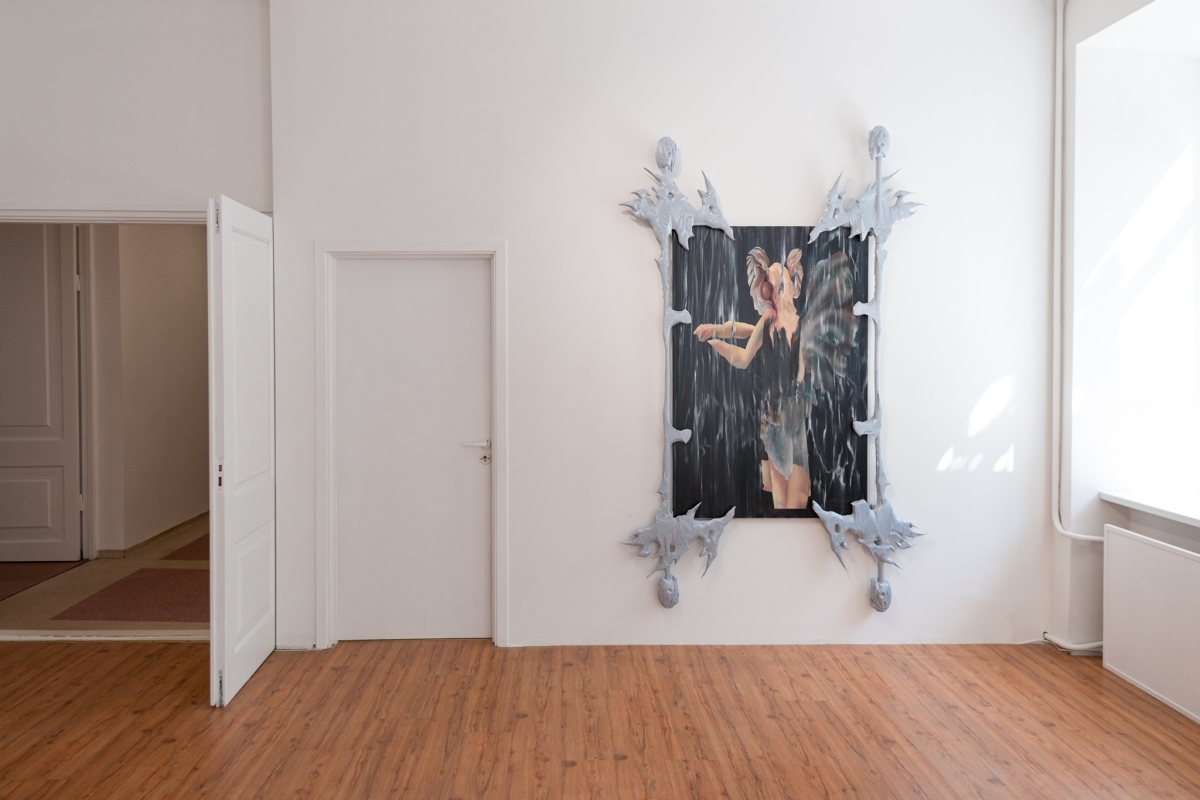
‘Apparitions’ by Mantas Valentukonis, Drifts, Vilnius, 2024. Photo: Vaida Jonušytė
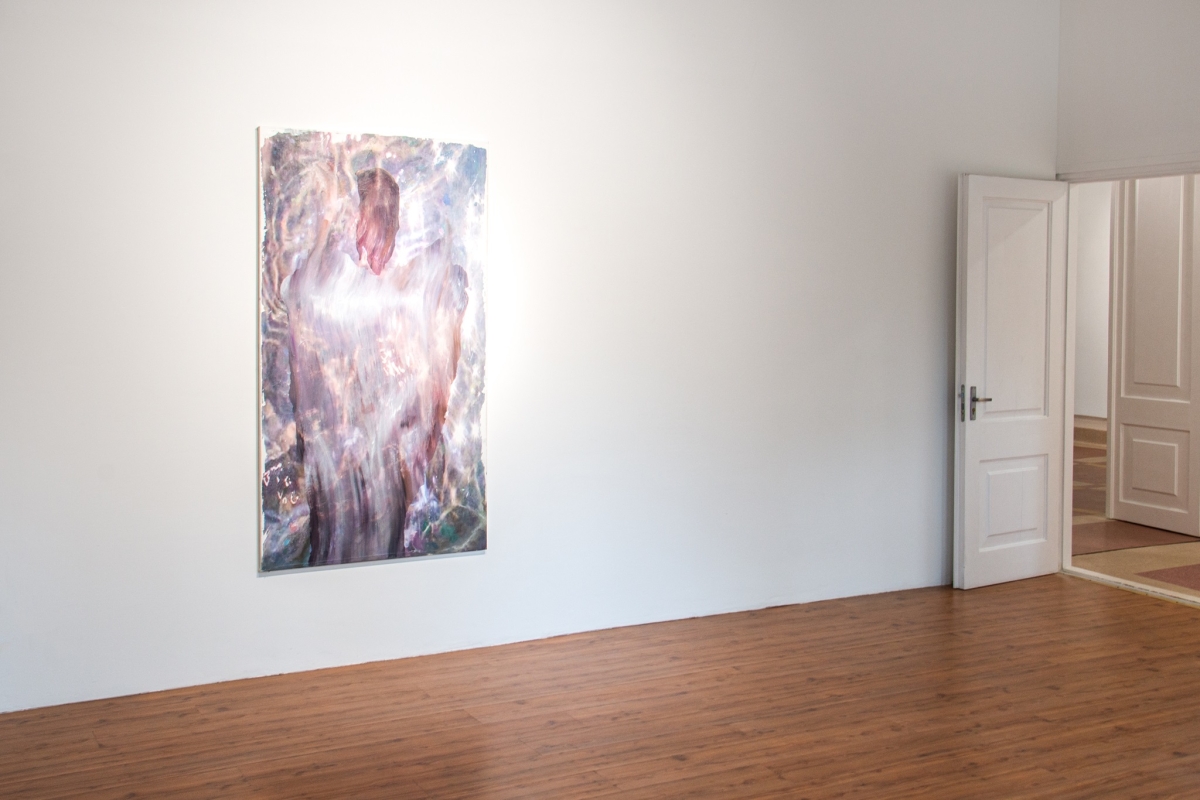
‘Apparitions’ by Mantas Valentukonis, Drifts, Vilnius, 2024. Photo: Vaida Jonušytė
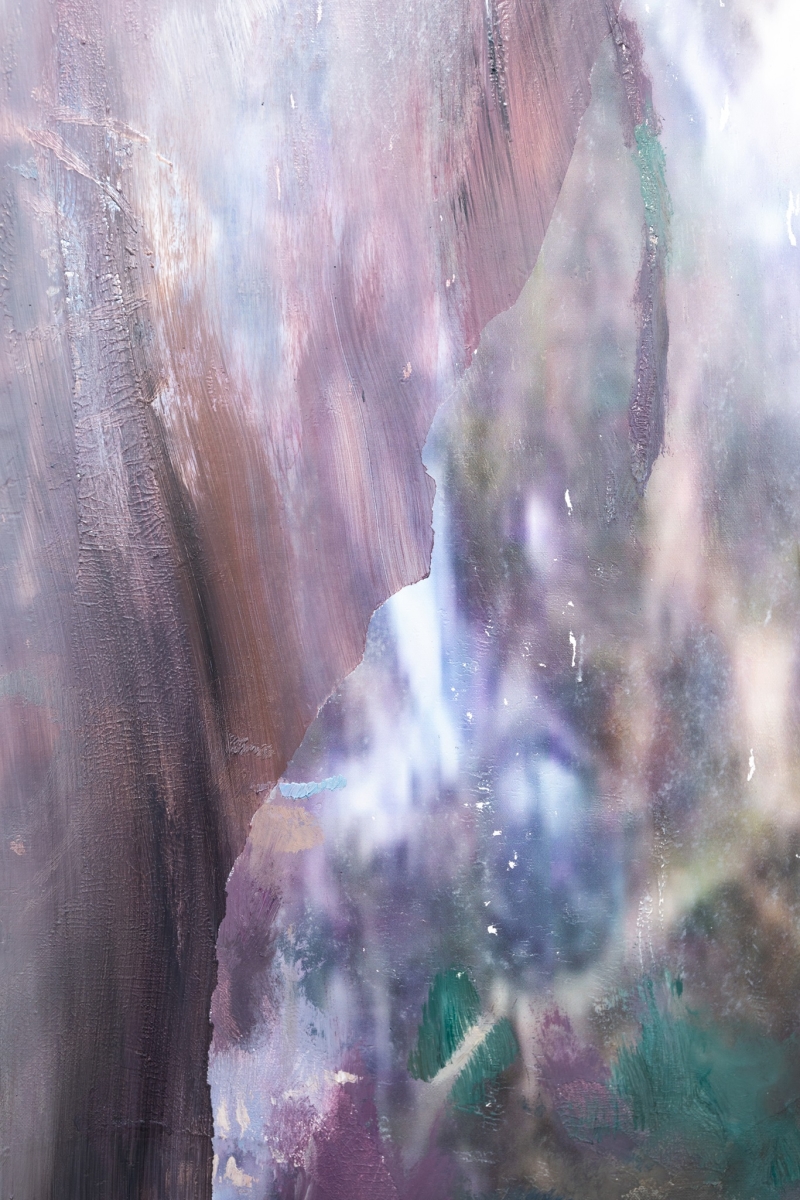
‘Apparitions’ by Mantas Valentukonis, Drifts, Vilnius, 2024. Photo: Vaida Jonušytė
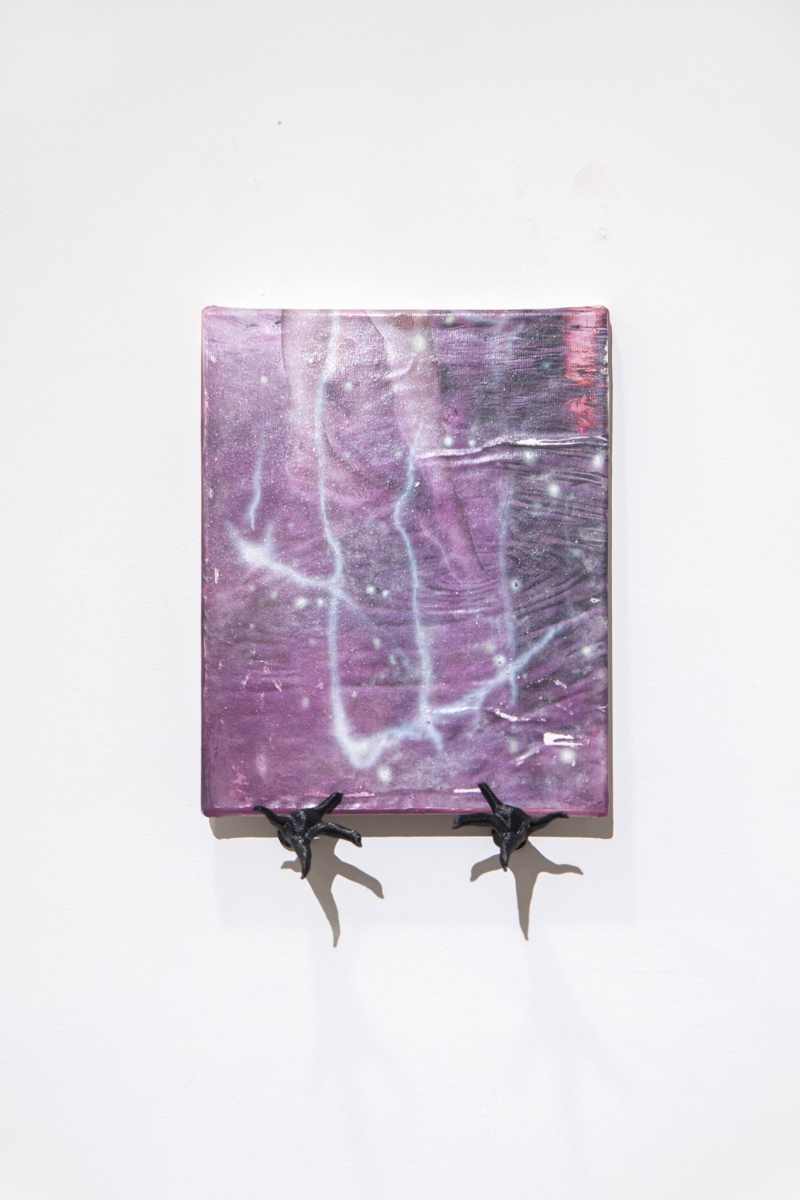
‘Apparitions’ by Mantas Valentukonis, Drifts, Vilnius, 2024. Photo: Vaida Jonušytė
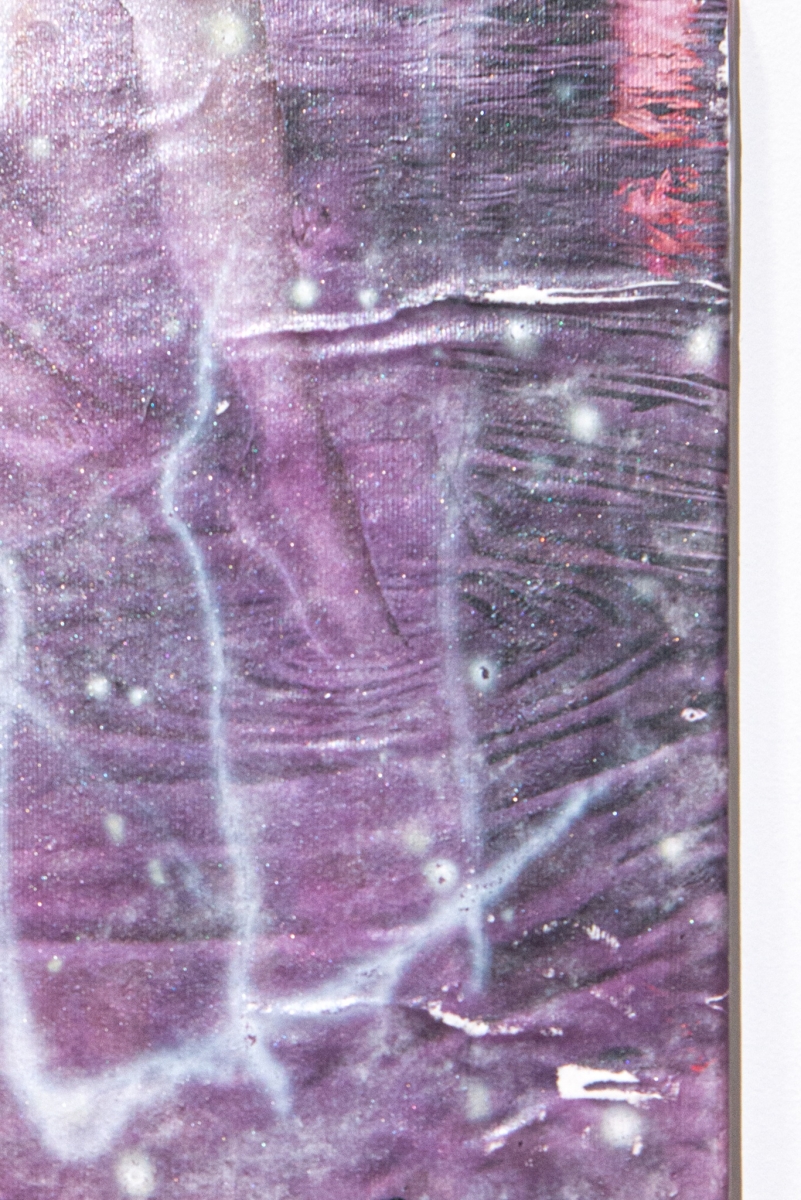
‘Apparitions’ by Mantas Valentukonis, Drifts, Vilnius, 2024. Photo: Vaida Jonušytė
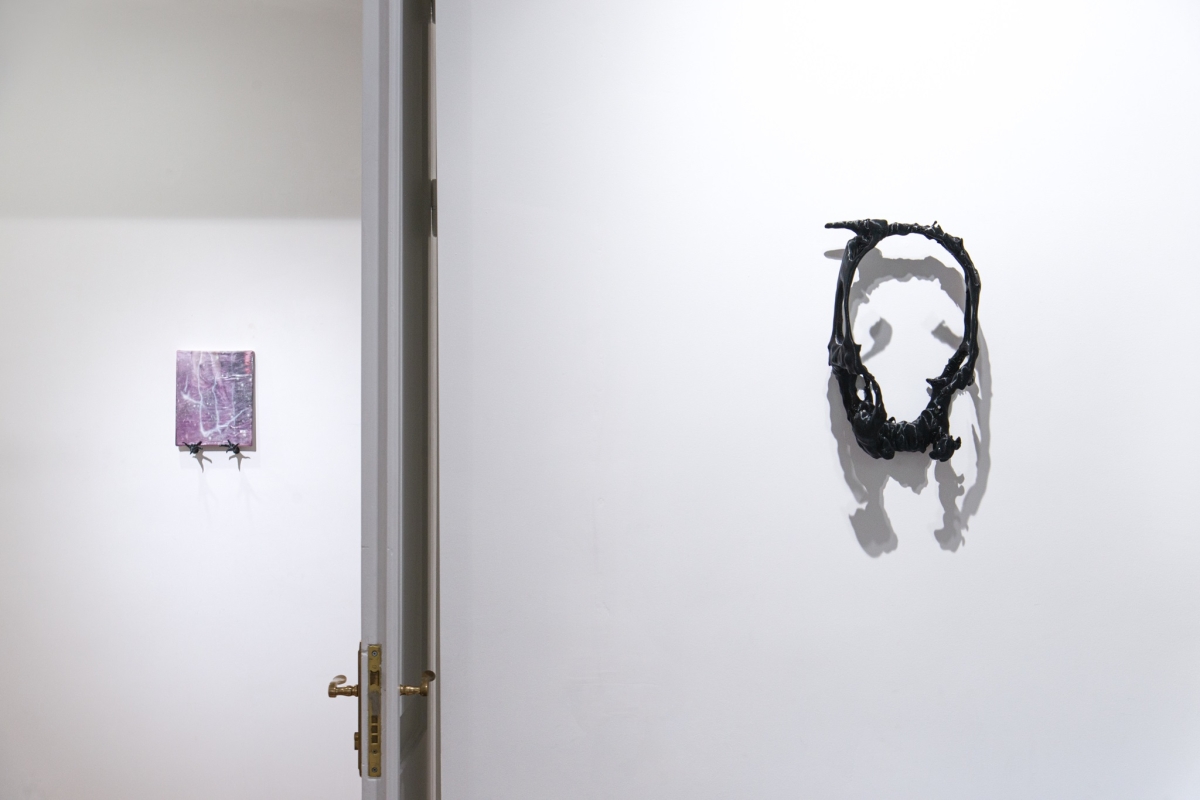
‘Apparitions’ by Mantas Valentukonis, Drifts, Vilnius, 2024. Photo: Vaida Jonušytė
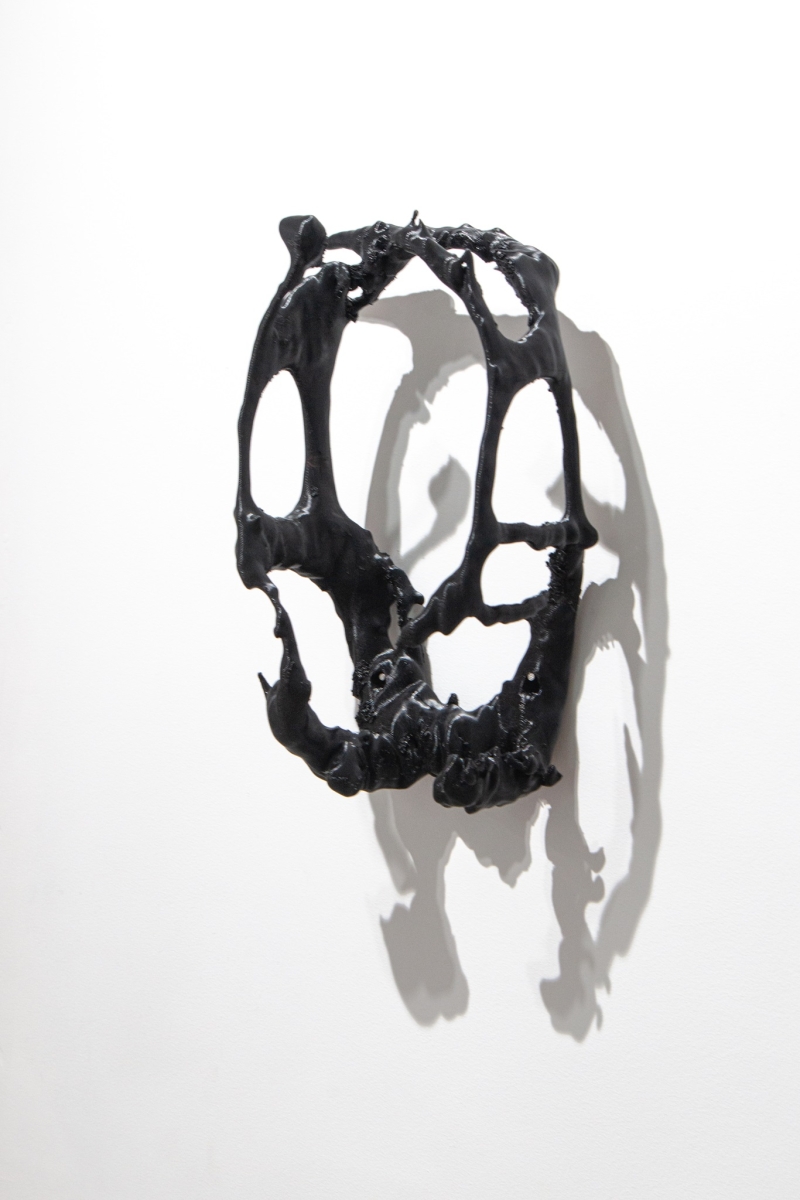
‘Apparitions’ by Mantas Valentukonis, Drifts, Vilnius, 2024. Photo: Vaida Jonušytė
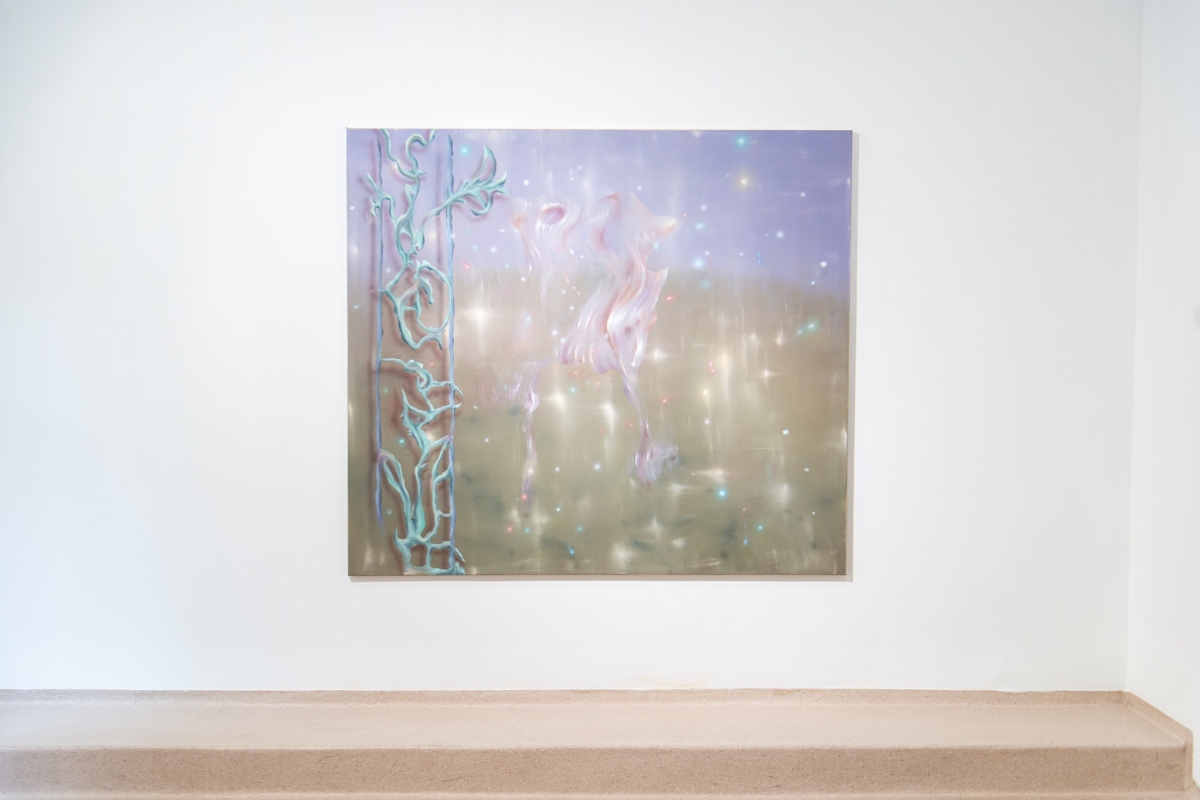
‘Apparitions’ by Mantas Valentukonis, Drifts, Vilnius, 2024. Photo: Vaida Jonušytė
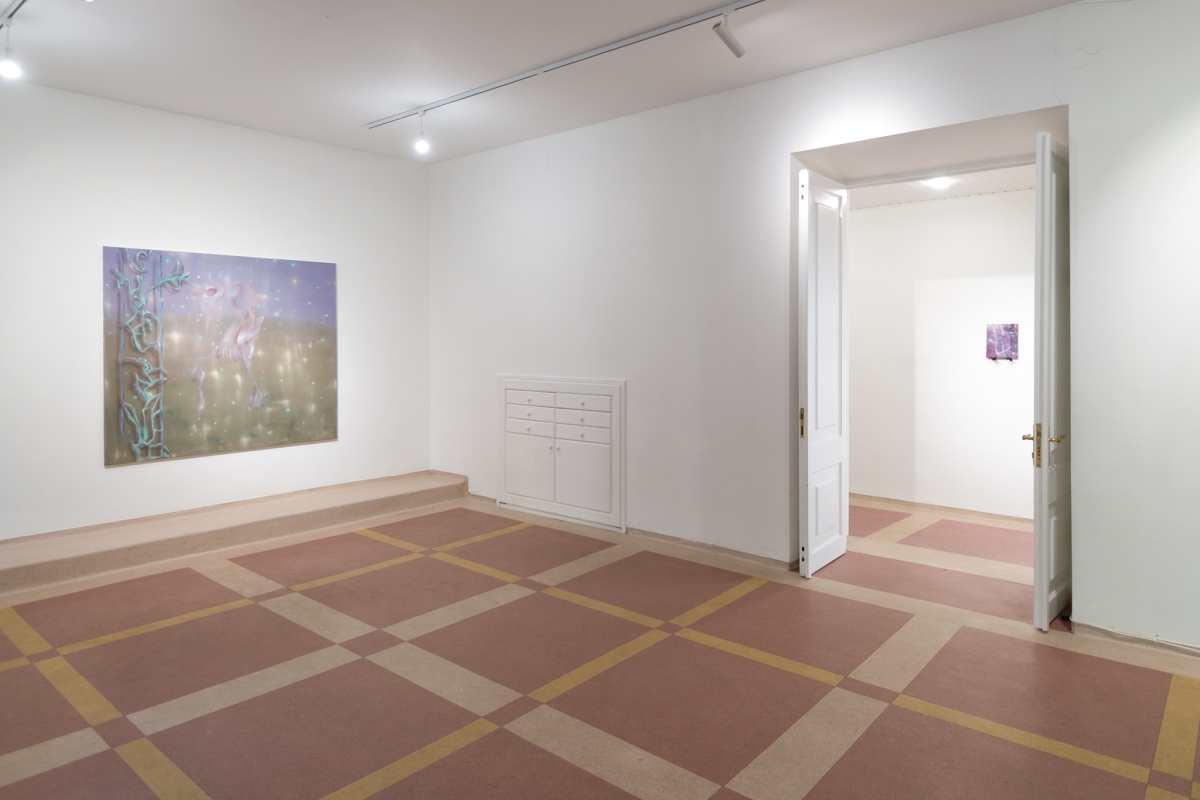
‘Apparitions’ by Mantas Valentukonis, Drifts, Vilnius, 2024. Photo: Vaida Jonušytė

